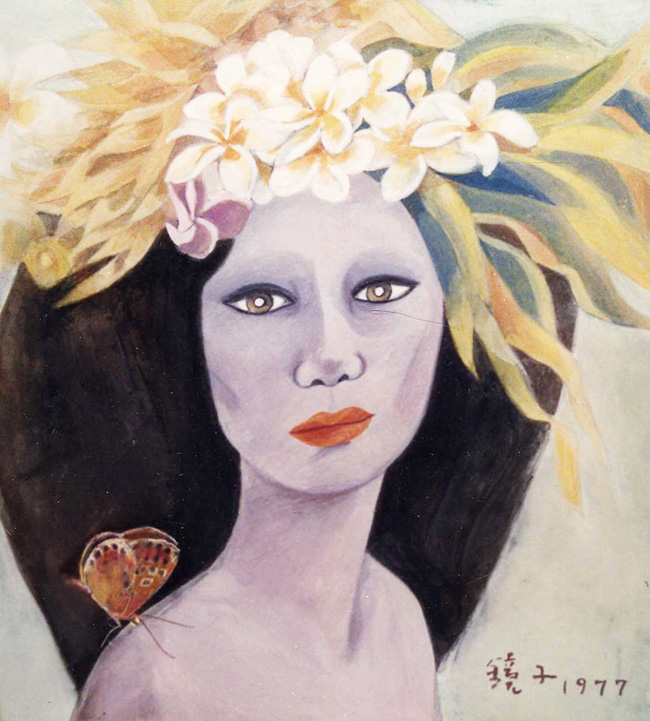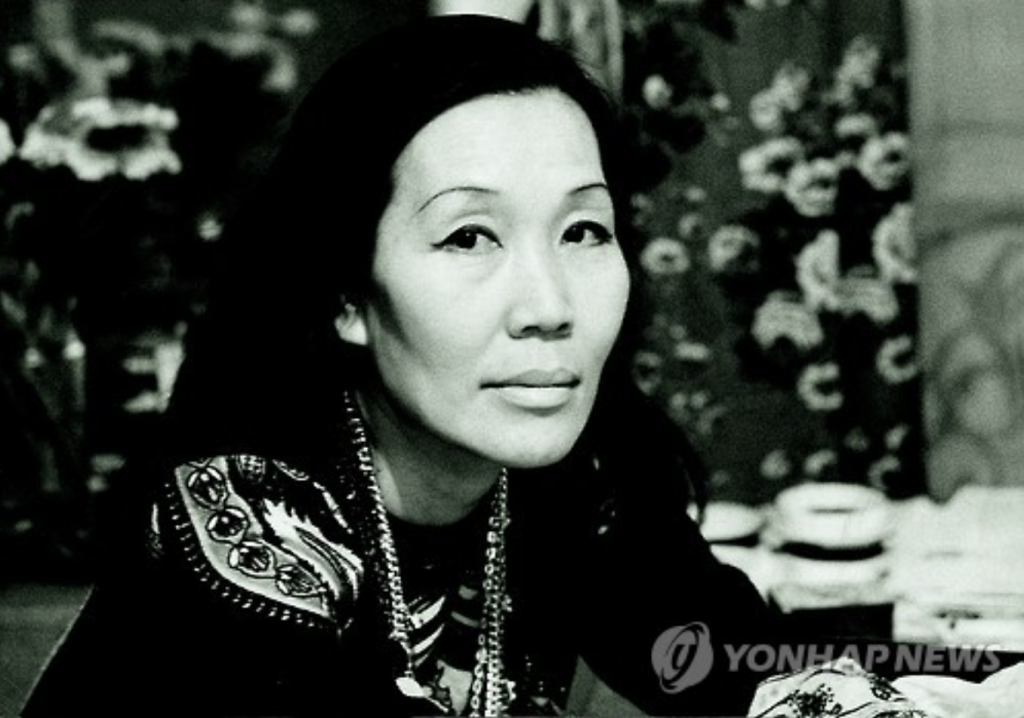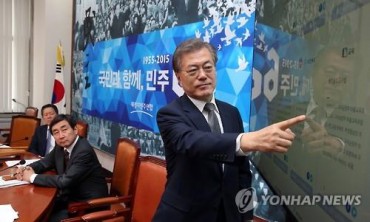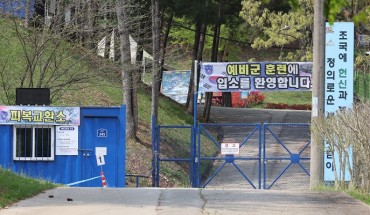
Controversy began in 1991 when Chun claimed that a painting attributed to her, which was (and has since been) on display at the Museum of Modern and Contemporary Art (MMCA), was a fake. (image: Yonhap)
SEOUL, Sept. 23 (Korea Bizwire) – Chun Kyung-ja was one of the most prominent female painters in Korea’s modern art history. She is best known for her portrayal of women and flowers, as shown in her controversial painting “Beautiful Woman”.
The controversy began in 1991 when Chun claimed that a painting attributed to her, which was (and has since been) on display at the Museum of Modern and Contemporary Art (MMCA), was a fake. An authentication process soon followed, with the museum using various scientific methods to investigate the claim, but eventually the museum and the Galleries Association of Korea (GAK) announced that the work was legitimate.
Unconvinced and full of despair, Chun donated 93 of her works and left Korea for the United States in 1998, never to return. During the entire period of her exile to the U.S. up until her death in 2015, Chun never painted again.
But the authenticity dispute resurfaced with media coverage of Chun’s later years and the controversial painting, with Chun’s remaining family members and their team of lawyers filing a lawsuit in April against MMCA officials claiming that the museum had declared a counterfeit painting as a genuine one.
The lawyers have since demanded that an outside institution with no relationship to the MMCA or the GAK carry out an authentication process for impartiality, which is when the French art technology firm Lumiere Technology stepped in.

Unconvinced and full of despair, Chun donated 93 of her works and left Korea for the United States in 1998, never to return. (image: Yonhap)
The authentication team from the French company arrived in Korea Tuesday, according to the Prosecutors’ Office, and has since been carrying out its authentication procedure using the company’s self-pioneered technique called Layer Amplification Method; the same method the company used to analyze the Mona Lisa and discover a hidden portrait under the iconic Da Vinci painting.
The method will analyze the controversial painting for its various elements, such as brush stroke, paints, and the order of workflow, and compare it to other works by Chun for a comparative analysis. According to the prosecutors, the process is expected to wrap up by the end of the month.
“As far as I know, the team is in its preparation phase, before the actually authentication process,” said an official. “It’s expected to continue until next week.”
Prosecutors will be piecing together all the corroborative evidence, including the final verdict from Lumiere Technology, to determine the authenticity of Beautiful Woman, and officials are hopeful that the decades-long dispute will finally be settled.
By Joseph Shin (jss539@koreabizwire.com)






